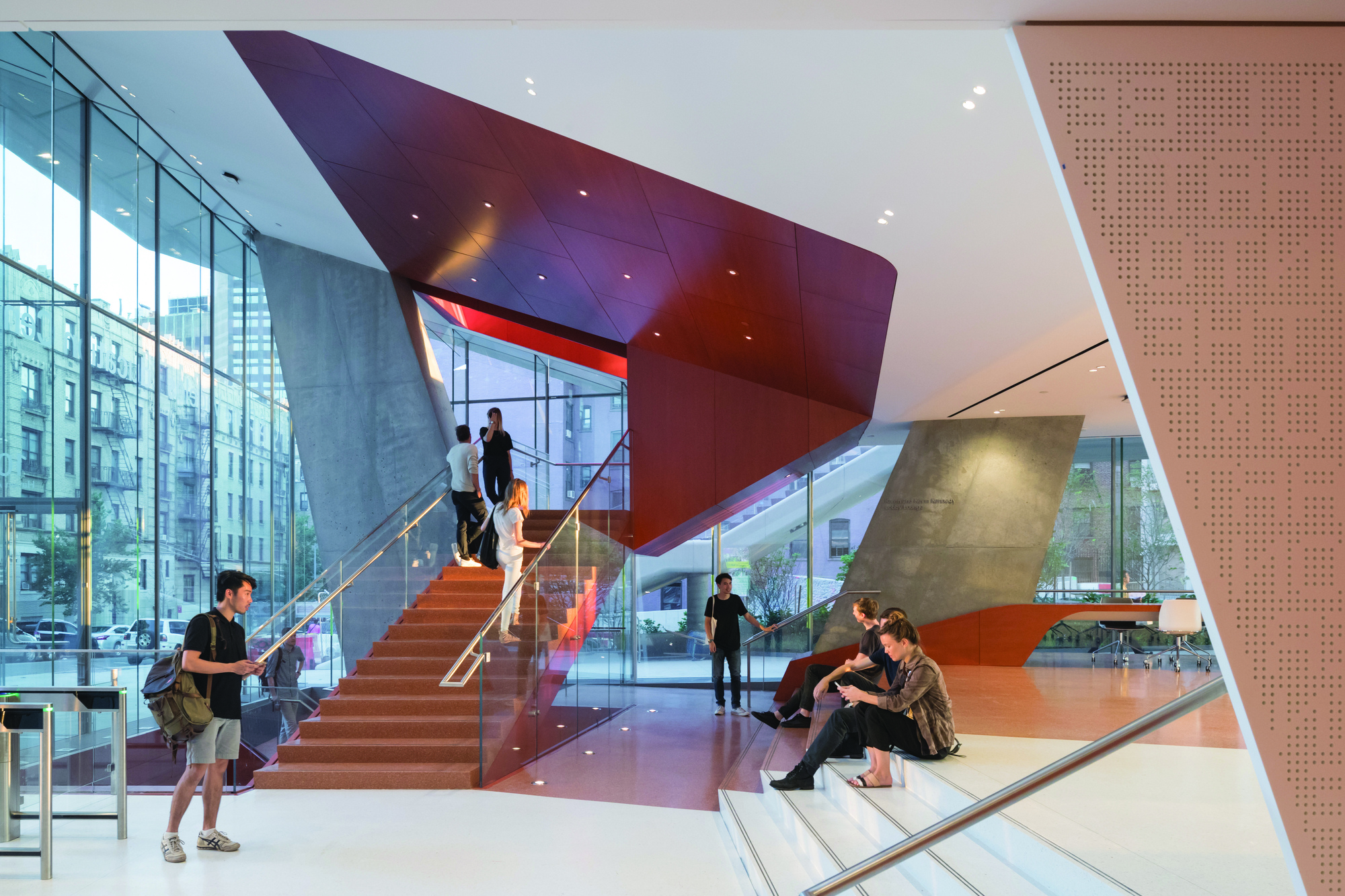
"Terrazzo has long stood at the intersection of durability, artistry, and timeless appeal. Originating in Italy as a pragmatic way to reuse marble fragments in flooring, terrazzo has since become synonymous with elegance and strength in architecture. Traditionally crafted by hand using stone chips and lime and later, cement, it created continuous, seamless surfaces that celebrated both craftsmanship and endurance."
"The distinction between poured-in-place and precast terrazzo lies primarily in their fabrication and installation methods. In the poured-in-place option, aggregates and epoxy binders are poured, cured, leveled, and polished directly on site. The result is a continuous surface with virtually unlimited design possibilities, ideal for large horizontal applications as floors. This method, however, relies heavily on specialized labor, time, and site conditions."
Terrazzo originated in Italy as a resourceful flooring technique using marble fragments and evolved into a durable, elegant architectural material. Traditional hand-crafted terrazzo used stone chips with lime or cement to create continuous, seamless surfaces emphasizing craftsmanship and longevity. Modern approaches introduced epoxy-based formulations for thinner sections, faster installation, and expanded color and aggregate options. Poured-in-place terrazzo is cast and finished on site, offering limitless horizontal design possibilities but requiring specialized labor and time. Precast terrazzo is produced in controlled factory settings, delivering consistency, reduced installation time, and modular components for diverse architectural applications.
Read at ArchDaily
Unable to calculate read time
Collection
[
|
...
]